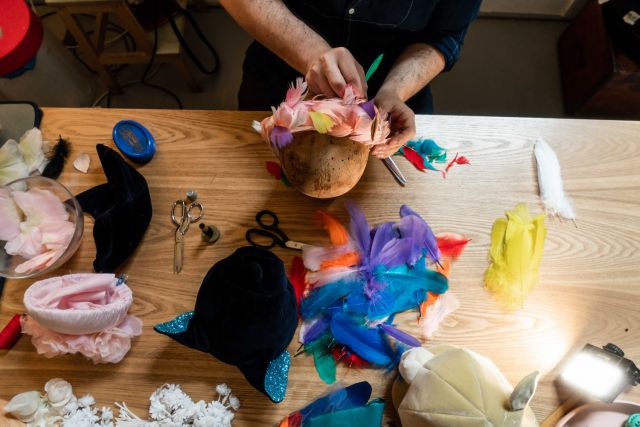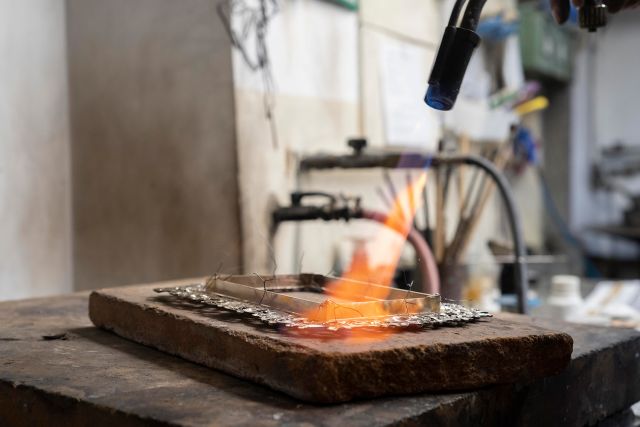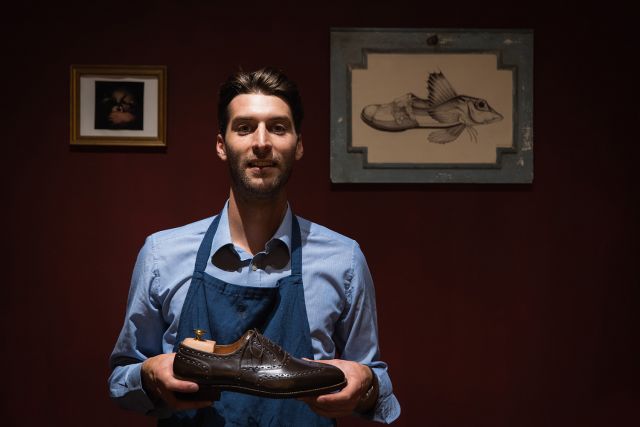Fòrcola, the Venetian oarlock, is made for a sandolo boat, specifically intended for the so-called voga alla valesana – or valesana rowing, which is a very ancient method of rowing where a single rower stands and uses two crossed oars.
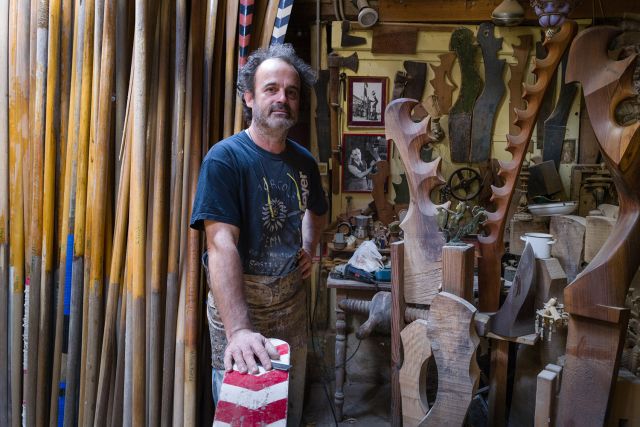
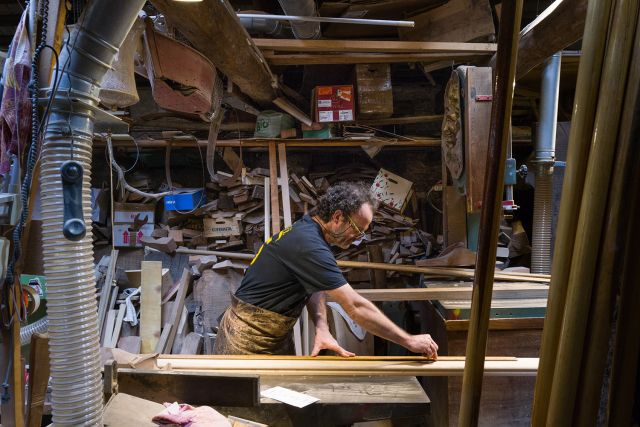
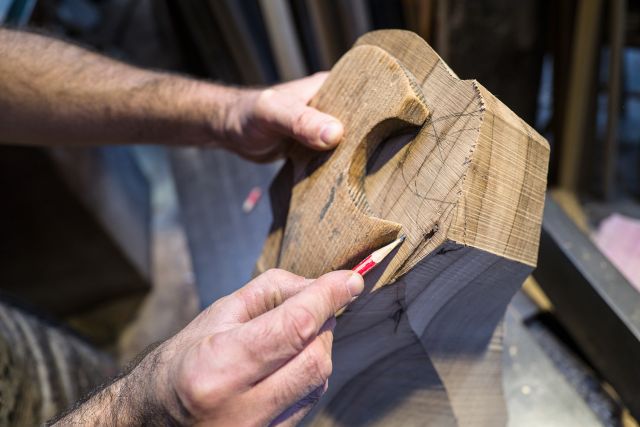
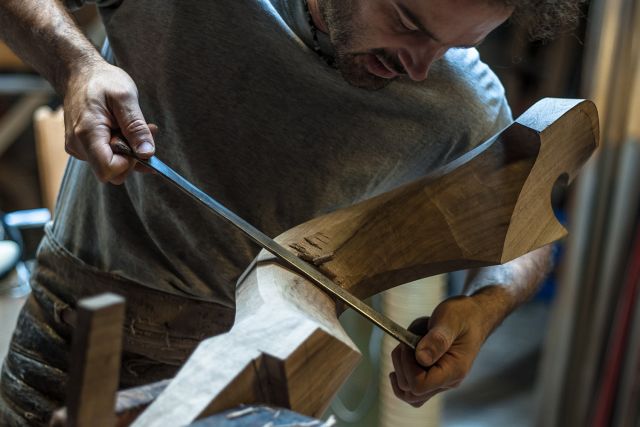
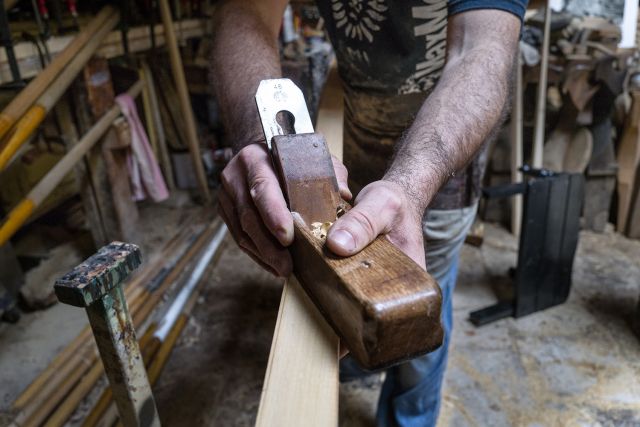
Paolo Brandolisio
- Rowlock maker
- Venice, Italy
- Master Artisan
Castello 4725, 30122 Venice, Italy
Monday to Friday 9:00 - 13:00/15:00 - 19:00
+39 0415224155
The slow craft of the Venetian remèr
- • Paolo makes fòrcolas and oars for Venetian rowing
- • He considers wood to be a great gift of Nature
- • To him, traditional techniques teach valuable lessons
Paolo Brandolisio discovered his passion for woodwork when he was a boy and so began his journey into the ancient yet vibrant world of the Venetian remèr, renowned maker of Venetian fòrcolas and oaks. In a few years he learned so much from his legendary master Bepi Carli, that when he was only 20 years old he was able to take over Carli’s third-generation workshop. Paolo in turn has taught the craft to a talented young artisan, Paolo Dri. Nowadays in Venice there are only four remèr artisans left. “Saving tradition is very important, but it involves saving a whole cultural movement, an urban and social context. Tradition needs a market to be kept alive, otherwise artisans are just witnesses of the past.”
Read the full interviewWorks
Photo: ©Marc De Tollenaere

Photo: ©Marc De Tollenaere
This model of fòrcola has an elegant and elaborate shape designed for a luxury gondola, dressed up for a wedding day or other special occasion, when the entire boat and the gondolier's clothing are sumptuous.

Photo: ©Marc De Tollenaere
This fòrcola, Venetian oarlock, is made for a sandolo boat. It has two positions for a better manoeuvrability and stands on the right of the rower.

Photo: ©Marc De Tollenaere
This model of fòrcola is mainly used in the area of Chioggia and Pellestrina, on large transport boats, such as caorline. It has three positions for the oak: the higher one is used when the boat is loaded, so that the oak is not hindered by the transported goods.





